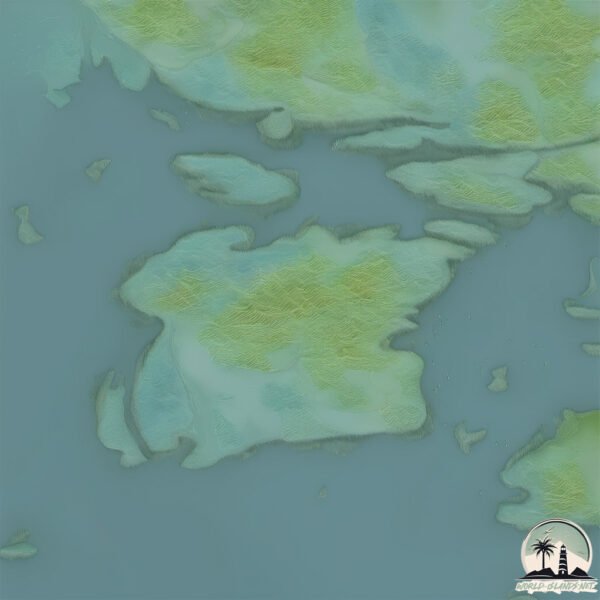Stanlley

Welcome to Stanlley, a Polar island in the South Pacific Ocean, part of the majestic Pacific Ocean. This guide offers a comprehensive overview of what makes Stanlley unique – from its geography and climate to its population, infrastructure, and beyond. Dive into the details:
- Geography and Size: Explore the island’s size and location.
- Climate and Weather: Weather patterns and temperature.
- Topography and Nature: Uncover the natural wonders of the island.
- Infrastructure and Travelling: Insights on reaching, staying, and making the most of your visit.
- News and Headlines: Latest News.
Geography and size of Stanlley
Size: 23.2 km²
Coastline: 39 km
Ocean: Pacific Ocean
Sea: South Pacific Ocean
Continent: South America
Stanlley is a Medium Island spanning 23 km² with a coastline of 39 km.
Archipel: –
Tectonic Plate: Scotia – Situated in the Southern Ocean, surrounding the Scotia Sea, between South America and Antarctica, known for the Scotia Arc and active seismicity.
The geographic heart of the island is pinpointed at these coordinates:
Latitude: -54.26278493 / Longitude: -72.03400742
Climate and weather of Stanlley
Climate Zone: Polar
Climate Details: Tundra
Temperature: Cold
Climate Characteristics: The tundra climate features long, extremely cold winters and short, cool summers. Vegetation is limited to mosses, lichens, and small shrubs due to the low temperatures and short growing seasons. Biodiversity is low, but some specialized species thrive.
Topography and nature of Stanlley
Timezone: UTC-04:00
Timezone places: America/La_Paz
Max. Elevation: 257 m
Mean Elevation: 129 m
Vegetation: Herbaceous Cover
Tree Coverage: 62%
The mean elevation is 129 m. The highest elevation on the island reaches approximately 257 meters above sea level. The island is characterized by Hills: Gently sloping landforms with rounded tops, having a maximum elevation between 200 and 500 meters. Hills contribute to a varied landscape on islands.
Dominating Vegetation: Herbaceous Cover
Comprising mainly of grasses, herbs, and ferns, these areas are common in prairies, meadows, and savannas, and can vary widely in species composition. Stanlley has a tree cover of 62 %.
Vegetation: 6 vegetation zones – Very Highly Diverse Island
Islands in this range are ecological powerhouses, showcasing a wide array of vegetation zones. Each zone, from lush rainforests to arid scrublands, coastal mangroves to mountainous regions, contributes to a complex and interdependent ecosystem. These islands are often hotspots of biodiversity, supporting numerous species and intricate ecological processes.
Infrastructure and Travelling to Stanlley
Does the island have a public airport? no.
There is no public and scheduled airport on Stanlley. The nearest airport is President Carlos Ibañez del Campo International Airport, located 187 km away.
Does the island have a major port? no.
There are no major ports on Stanlley. The closest major port is PORT SAN JUAN DE LA JUAN, approximately 136 km away.
The mean population of Stanlley is 7 per km². Stanlley is Gently Populated. The island belongs to Chile.
Continuing your journey, Staines is the next notable island, situated merely km away.
Chile is classified as Emerging region: G20: Group of Twenty – Major economies comprising both developed and emerging countries, representing the world’s largest economies. The level of income is Upper middle income.
News – Latest Updates and Headlines from Stanlley
Stay informed with the most recent news and important headlines from Stanlley. Here’s a roundup of the latest developments.
Please note: The data used here has been primarily extracted from satellite readings. Deviations from exact values may occur, particularly regarding the height of elevations and population density. Land area and coastline measurements refer to average values at mean high tide.
